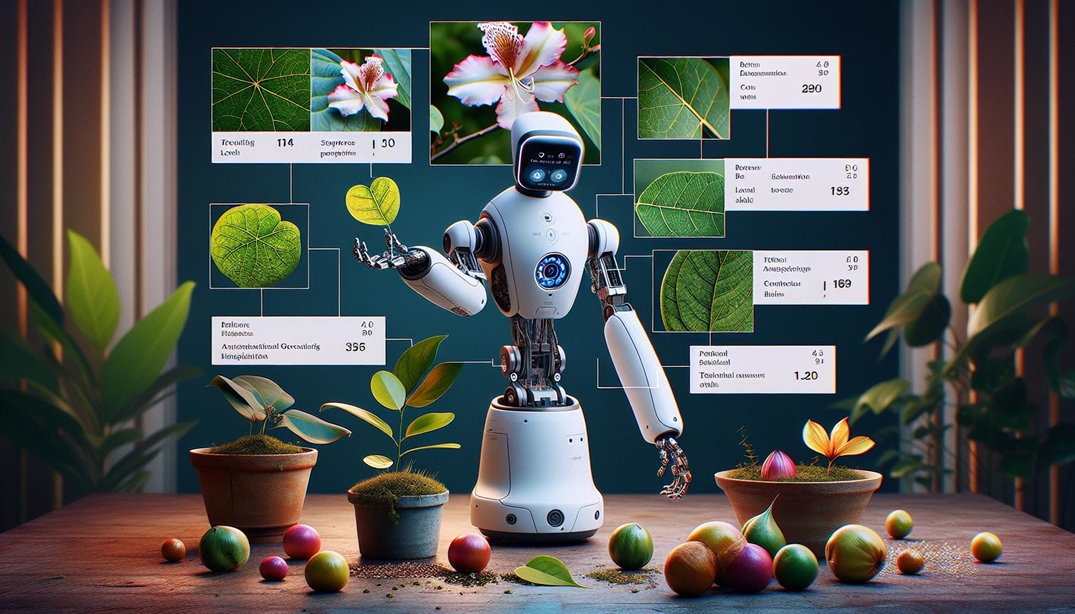Introduction to the New Robotic Technology
Researchers in China have developed an advanced robot capable of identifying different plant species at various growth stages by “touching” their leaves with an electrode. This innovative approach allows the robot to measure properties such as surface texture and water content, which are not discernible using existing visual identification methods. The study detailing this breakthrough was published on November 13 in the journal Device.
The robot has shown remarkable accuracy in its identification capabilities. It successfully distinguished ten different plant species with an average accuracy of 97.7%. Particularly impressive was its ability to identify leaves of the flowering Bauhinia plant with 100% accuracy across various growth stages. This advancement signifies a significant leap in the field of automated species identification, which traditionally relies on visual data and images.
Implications and Applications of the Technology
This new technology has the potential to revolutionize fields such as agriculture, horticulture, and environmental science. By providing a more accurate method of plant identification, it can enhance the efficiency of plant breeding programs and conservation efforts. The ability to assess plant health and growth stages through tactile sensing could lead to more precise monitoring and management of crops, ultimately improving yield and sustainability.
Moreover, the integration of this tactile sensing technology into existing automated systems could expand their functionality beyond visual recognition. This could pave the way for more comprehensive and versatile robotic systems in various industries, potentially leading to innovations in automated farming and plant research.
Summary
- Chinese researchers have developed a robot that identifies plant species by touching leaves with an electrode.
- The robot measures properties like surface texture and water content, achieving high accuracy in species identification.
- This technology could significantly impact agriculture and environmental science by improving plant monitoring and management.
